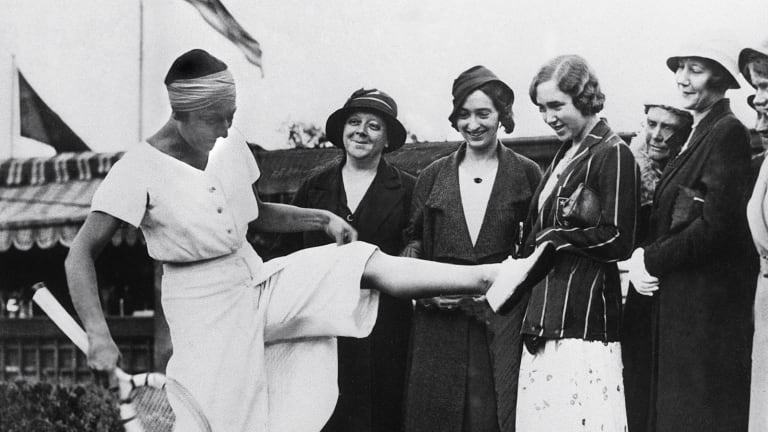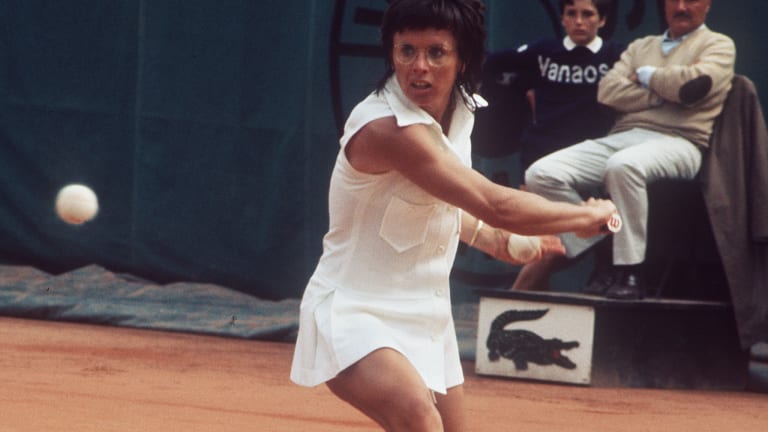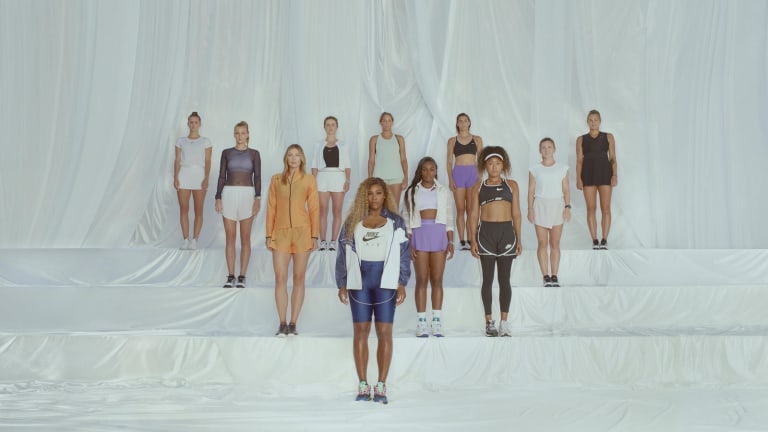Style Points: How the tennis skirt became iconic
By Feb 11, 2022FIRST LOOK: Coco Gauff to debut new Miu Miu x New Balance tennis collection in Rome
By Apr 23, 2025Andre Agassi revisits some of his most iconic tennis outfits
By Apr 21, 2025Outfit of the Day: Marat Safin brings cool-guy aura, and stylish sunglasses, to Monte Carlo
By Apr 10, 2025This is why Emma Navarro won't ever wear a visor on the tennis court
By Apr 04, 2025Naomi Osaka teases more iconic tennis kits: 'Treating every Grand Slam like the Met Gala'
By Apr 04, 2025Zheng Qinwen guest edits 'W' magazine in China: 'Challenge accepted'
By Apr 03, 2025Carlos Alcaraz says he “also wants to enjoy being 21” in upcoming Netflix docuseries
By Apr 03, 2025Miami Open Fashion Roundup: Seven looks that ace South Florida style
By Mar 26, 2025Grigor Dimitrov taps into Miami vibes with Bulgarian-inspired Lacoste duffel bag
By Mar 25, 2025Style Points: How the tennis skirt became iconic
It’s a fashion staple that’s been synonymous with the sport for over a century, but could the venerable tennis skirt be on its way out the door?
Published Feb 11, 2022
Advertising

Suzanne Lenglen shows off a skirt and bandeau—predecessors of the classic tennis uniform—in 1935.
© AFP via Getty Images
Advertising

Billie Jean King, pictured here in 1972, was one of many players who sported Ted Tinling originals on the court.
© AFP via Getty Images

Until 2010, the WTA Tour's logo featured a tennis player in a skirt.
© WTA
Advertising

Serena Williams' 2018 compression garment was banned from Roland Garros.
© AFP via Getty Images
Advertising

Shorts, compression leggings and crop tops have a place alongside dresses, skirts and tanks.
© Nike

Naomi Osaka in Nike's colorful 2020 US Open collection.
© Getty Images